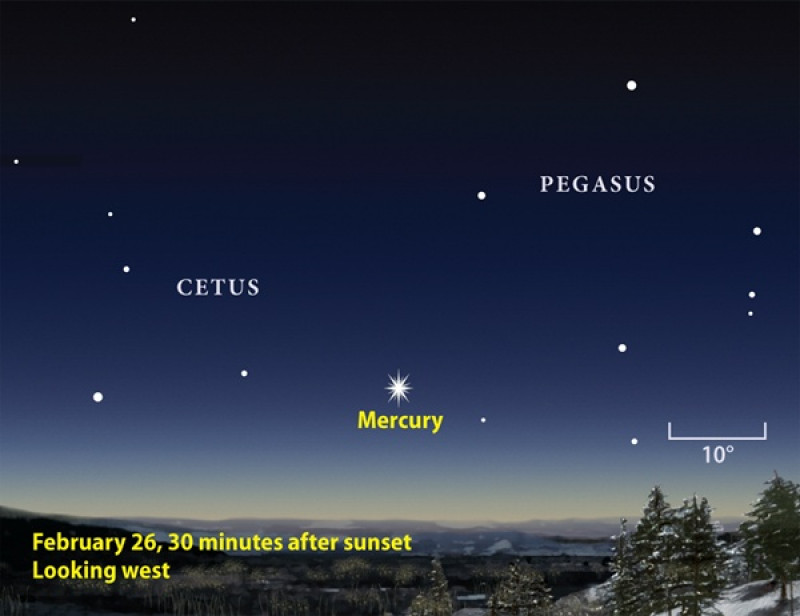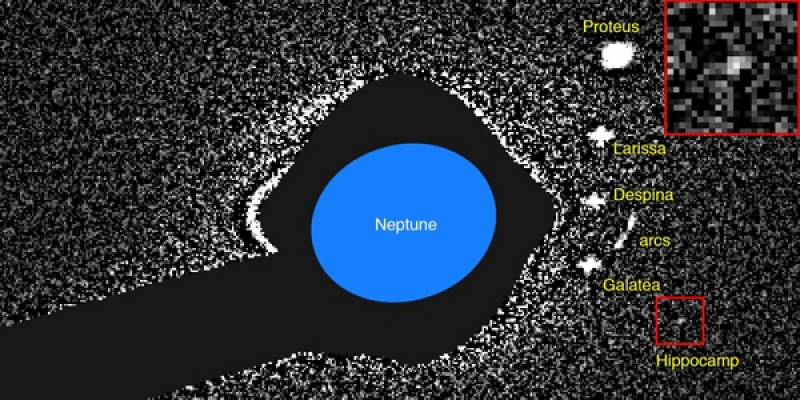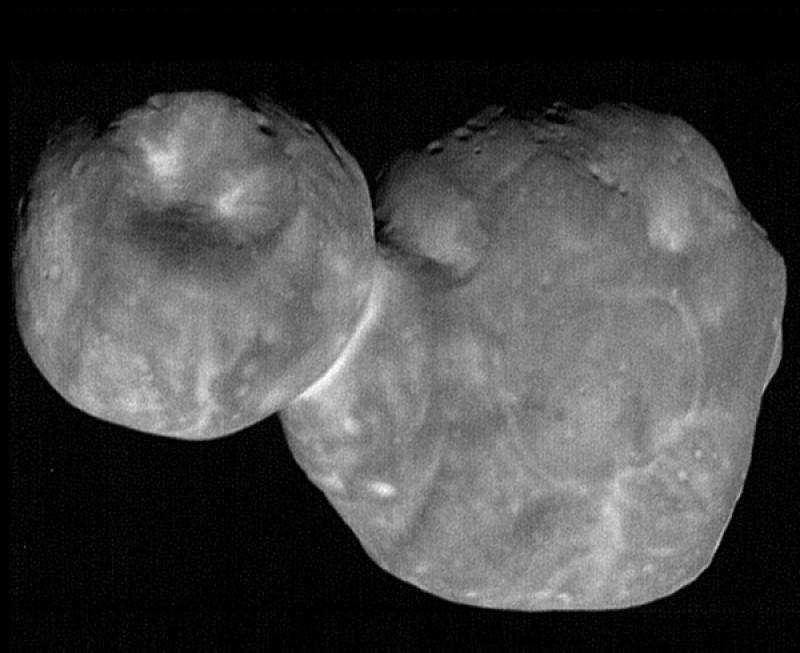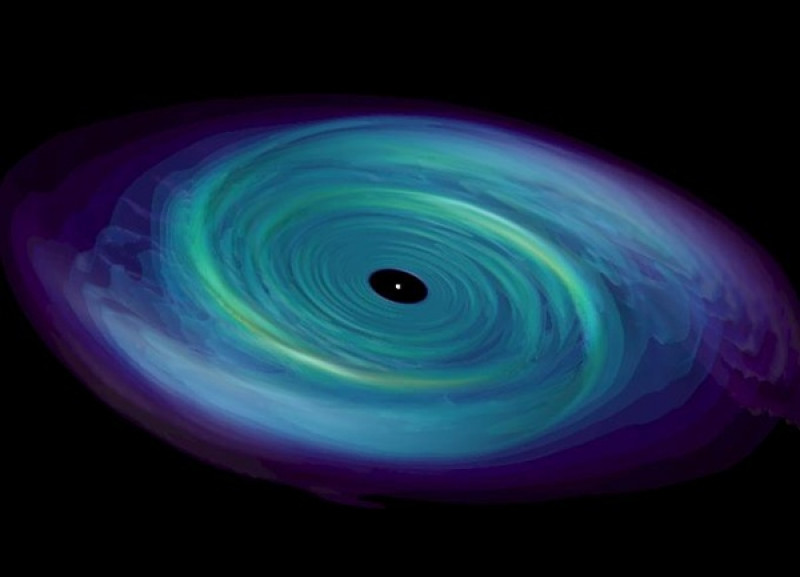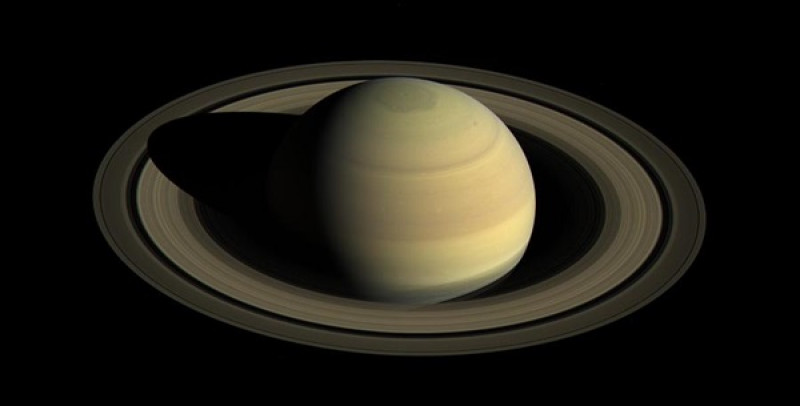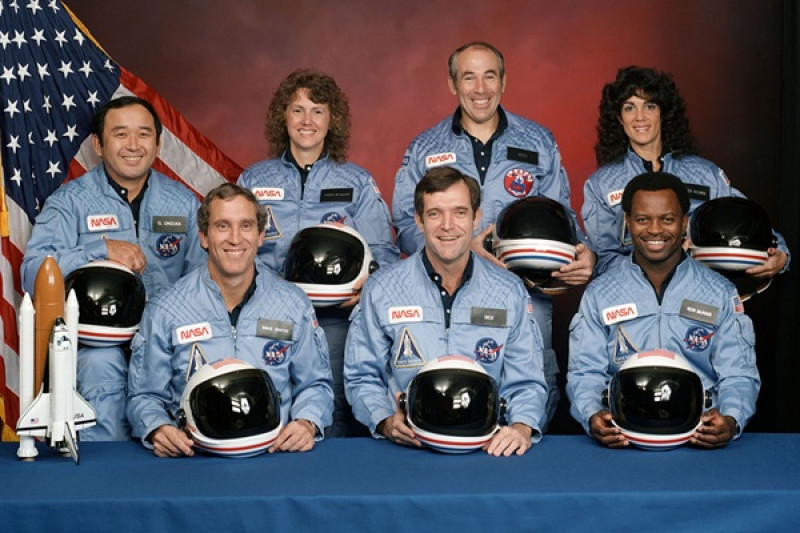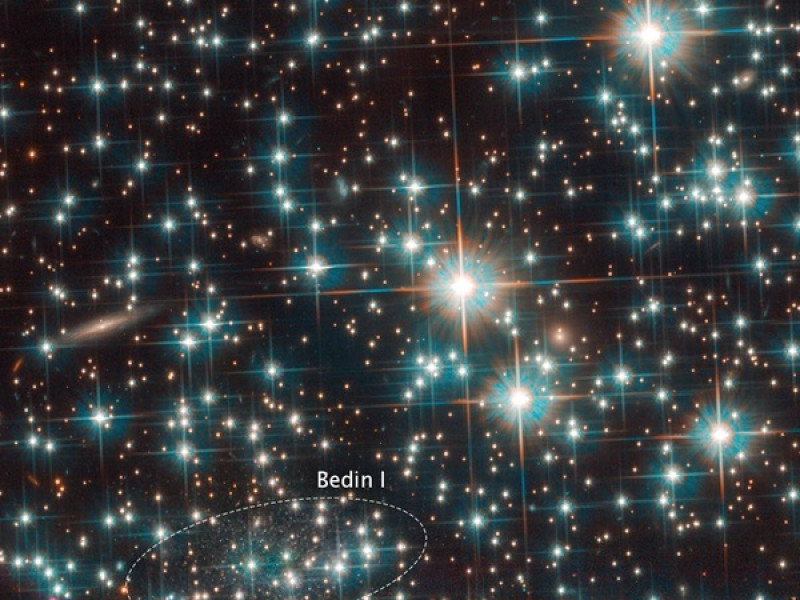Blog
Cataclysmic neutron star merger generates powerful jet
Wednesday, February 27th 2019 05:47 PM
Astronomers studying the aftermath of the merger of two neutron stars, the first and so far only such merger detected by gravitational waves, have now spotted what appears to be an enormous jet of material blasting through the shell of debris blown into space by the collision.
The two neutron stars, the collapsed city-size cores of once massive suns, crashed together in a galaxy some 130 million light years from Earth, generating ripples in space – gravitational waves – that were detected on Earth in August 2017.
Since then, astronomers have been monitoring the aftermath across the electromagnetic spectrum to learn more about how these violent mergers, among the most explosive events in the cosmos, evolve and affect their local environments.
The collision blasted an enormous amount of material into space that formed an expanding shell of debris enclosing the merged neutron stars. The astronomers expected the collision to generated a powerful collimated jet, but it was no...
Read More
Read More
Chile petroglyphs point to 1700-year-old star-gazing site
Wednesday, February 27th 2019 05:46 PM
The complex astronomical measurements that underpinned many aspects of the Inca civilisation may have an ancient forerunner of 10 centuries earlier and 2000 kilometres distant, a prominent archeoastronomer suggests.
Steven Gullberg, of the University of Oklahoma, US, and chair of the International Astronomical Union Working Group for Archaeoastronomy and Astronomy in Culture, is the latest scientist to comment on the origin and purpose of some mysterious stones and engravings, known as petroglyphs, at a site known as La Silla, in Chile.
The complex designs etched in rock, together with a set of standing stones, were first studied in depth by researchers – including this writer – in 2012.
It was suggested that the artefacts were set up to mark the positions of two very brilliant stars, Canopus and Hadar, and were the work of the El Molle, a pre-Columbian culture that occupied the region for five centuries from about 300 CE.
Curiously, La Silla is today the site...
Read More
Read More
Mercury puts on its best evening show of 2019 tonight
Tuesday, February 26th 2019 11:41 PM
Mercury, the solar system's smallest and innermost planet, climbs to its maximum altitude in the evening sky tonight.
To spot the planet during its peak, head outside about 30 minutes after sunset, when Mercury appears as a brilliantly bright "star" shining some 11° above the western horizon.
This peak coincides with Mercury reaching its greatest elongation from the Sun, when the planet sits some 18° east of Sol.
During its appearance tonight, Mercury shines at magnitude –0.5, so it should be a breeze to spot in the deepening twilight. However, if your unable to see Mercury with your naked eye, binoculars will make the task much easier.
If you can, get your hands on a telescope ahead of sunset and target the planet, as you will see Mercury sports a 7"-diameter disk that appears half-lit.
Finally, don't put off seeing the show for too long, as Mercury will set in the west about 95 minutes after sunset.
Read More
Read More
Meet Neptune's new moon, Hippocamp
Monday, February 25th 2019 10:46 PM
Neptune has a new moon, and it’s also the gas giant’s smallest to date — only a little over 20 miles across. The brand new satellite is called Hippocamp.
Astronomers led by Mark Showalter of the SETI Institute discovered it using the Hubble Space Telescope combined with an innovative method to track dim and tiny objects as they orbit.
Because the object is so tiny, there’s still a lot astronomers don’t know about Hippocamp, named after a Greek sea monster in keeping with Neptune’s nautical theme. But the moon does offer some clues about its history.
Hippocamp is a chip off the block
For one, it orbits quite close to one of Neptune’s larger moons, Proteus. That, combined with its tiny size, makes astronomers think it may be a fragment of the larger moon. In fact, something like 4 billion years ago, an asteroid struck Proteus, leaving behind a crater that covers most of the moon’s surface. If Hippocamp is a product of...
Read More
Read More
New Horizons' mission head on new discoveries at Ultima Thule
Saturday, February 23rd 2019 09:13 PM
Spending your New Year’s Eve at work doesn’t sound like much fun, I guess. Unless it involves the farthest exploration of worlds in history, a midnight countdown led by Queen rock star Brian May, more than 1,000 friends and colleagues along for the ride, and getting your party on the cover of The New York Times, above the fold! That’s how I spent my New Year’s Eve — as the New Horizons spacecraft conducted the first-ever flyby of a small, primordial Kuiper Belt object a billion miles beyond Pluto.
New Horizons is NASA’s first mission to explore the Pluto system and the ancient Kuiper Belt beyond. After being designed, built, and tested by a partnership between the Johns Hopkins University Applied Physics Laboratory and the Southwest Research Institute, where I work, New Horizons was launched January 9, 2006. After a 9.5-year journey at a speed of almost one million miles per day, New Horizons successfully explored the Pluto system in the su...
Read More
Read More
Scientists finally confirm a big theory about solar system formation
Wednesday, February 13th 2019 02:22 AM
Planets, stars, and black holes all grow by consuming material from a spinning disk. While these disks may differ in size, they’re all mostly dependent on the mighty force of gravity, which keeps them spinning around the central mass. Gravity lets small clumps grow into bigger clumps. But it’s not enough to pull the whole disk into the middle in one giant clump, because angular momentum is pulling those clumps away from the center as they spin.
That’s a good thing, because it means that the universe is composed of more than just large, lonely clumps of matter — it’s also why the Earth spins around the Sun instead of falling in and burning up. But that kind of central accumulation sometimes happens nonetheless, which is why we see things like planets, stars, and active black holes in the universe around us. Something seemed to be missing from the basic angular momentum vs. gravity theory.
Researchers have had an idea for a while now, ...
Read More
Read More
What time is it on Saturn? We finally know
Monday, February 11th 2019 11:47 PM
The time on Saturn
For years, the length of a day on Saturn has remained an unsolved puzzle to frustrated astronomers. But now, a graduate student from the University of California Santa Cruz believes that he has finally solved the mystery. Christopher Mankovich used the planet’s rings to determine that a day on Saturn lasts for 10 hours, 33 minutes, and 38 seconds.
Being a gas giant, Saturn has no solid surface that researchers can track in order to time the planet’s rotation. Because of this, it’s been tricky for them to figure out when a day starts and ends. For Jupiter, another gas giant in our solar system, scientists figured out the length of a day using the planet’s radio emissions. But Saturn’s strange magnetic field means that the same measures used on Jupiter couldn’t be used.
Seismic rings
Mankovich’s estimate — 10:33:38 — is faster than previous estimates from 1981 made with radio s...
Read More
Read More
NASA honors fallen astronauts with Day of Remembrance 34.7K NASA honors fallen astronauts with Day of Remembrance
Friday, February 8th 2019 08:16 PM
Every year, NASA recognizes astronauts who lost their lives in the pursuit of spaceflight with an official Day of Remembrance. This year, it’s celebrated February 7. And NASA Administrator Jim Bridenstine will lay a wreath at the Tomb of the Unknown Soldier in Arlington National Cemetery. Another wreath-laying ceremony will also happen at Kennedy Space Center’s Space Mirror Memorial. Both ceremonies will also include observances for NASA’s lost explorers.The three great disasters in NASA history all occurred near the same time of year, hence the timing of the Day of Remembrance, though its specific date shifts from year to year. This year, it was originally scheduled for January 31, but had to be rescheduled due to the 35-day government shutdown.
Remembering the Past
On January 27, 1967, a fire broke out at the Apollo 1 launchpad, killing astronauts Gus Grissom, Ed White, and Roger Chaffee.
Apollo astronauts Gus Grissom, Ed White, and Roger Chaf...
Read More
Read More
The Milky Way is warped
Tuesday, February 5th 2019 08:36 PM
The Milky Way galaxy's disk of stars is anything but stable and flat. Instead, it becomes increasingly warped and twisted far away from the Milky Way's center, according to astronomers from National Astronomical Observatories of Chinese Academy of Sciences (NAOC).
From a great distance, the galaxy would look like a thin disk of stars that orbit once every few hundred million years around its central region, where hundreds of billions of stars, together with a huge mass of dark matter, provide the gravitational 'glue' to hold it all together.
But the pull of gravity becomes weaker far away from the Milky Way's inner regions. In the galaxy's far outer disk, the hydrogen atoms making up most of the Milky Way's gas disk are no longer confined to a thin plane, but they give the disk an S-like warped appearance.
"It is notoriously difficult to determine distances from the sun to parts of the Milky Way's outer gas disk without having a clear idea of what that disk actually...
Read More
Read More
Hubble accidentally discovers an ancient, nearby dwarf galaxy
Monday, February 4th 2019 11:13 PM
The Hubble Space Telescope has discovered a small and strangely isolated dwarf galaxy just 30 million light-years away from our own Milky Way. And astronomers say the discovery was completely by accident.
Luigi Bedin, of the Astronomical Observatory of Padua, and his colleagues were using Hubble to study a globular star cluster called NGC 6752. Globular clusters are tightly packed crowds of ancient stars. And when they looked at the images Hubble sent back, they noticed a small galaxy hiding behind the cluster’s brighter stars.
Dwarf galaxy is a hermit
The galaxy, dubbed Bedin 1 by its discoverer, is distinct in its isolation. There’s a chance this small swirl of stars may be connected to a larger nearby galaxy, but the two are far apart and it’s not clear they have ever interacted. And that’s what makes Bedin 1 so interesting for astronomers. First, most dwarf galaxies are found huddled up closer to a larger galaxy. Second, Bedin 1 shows little sign of...
Read More
Read More


